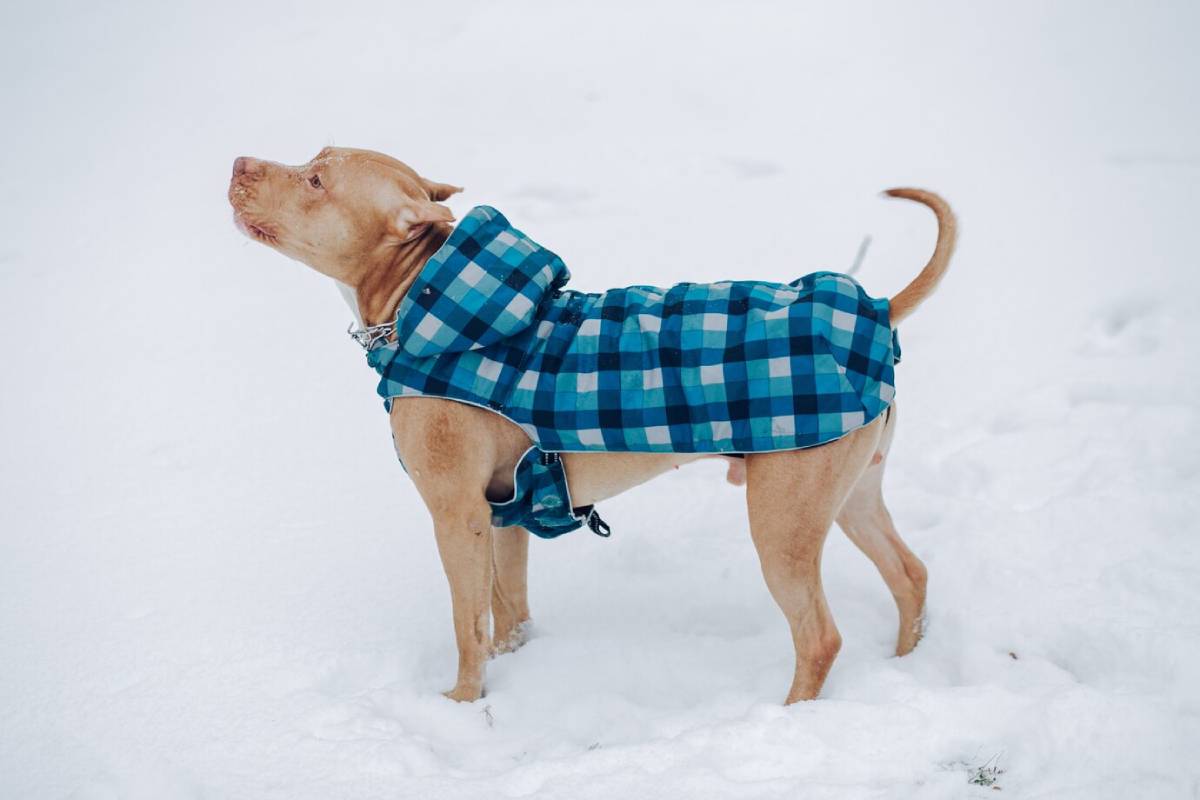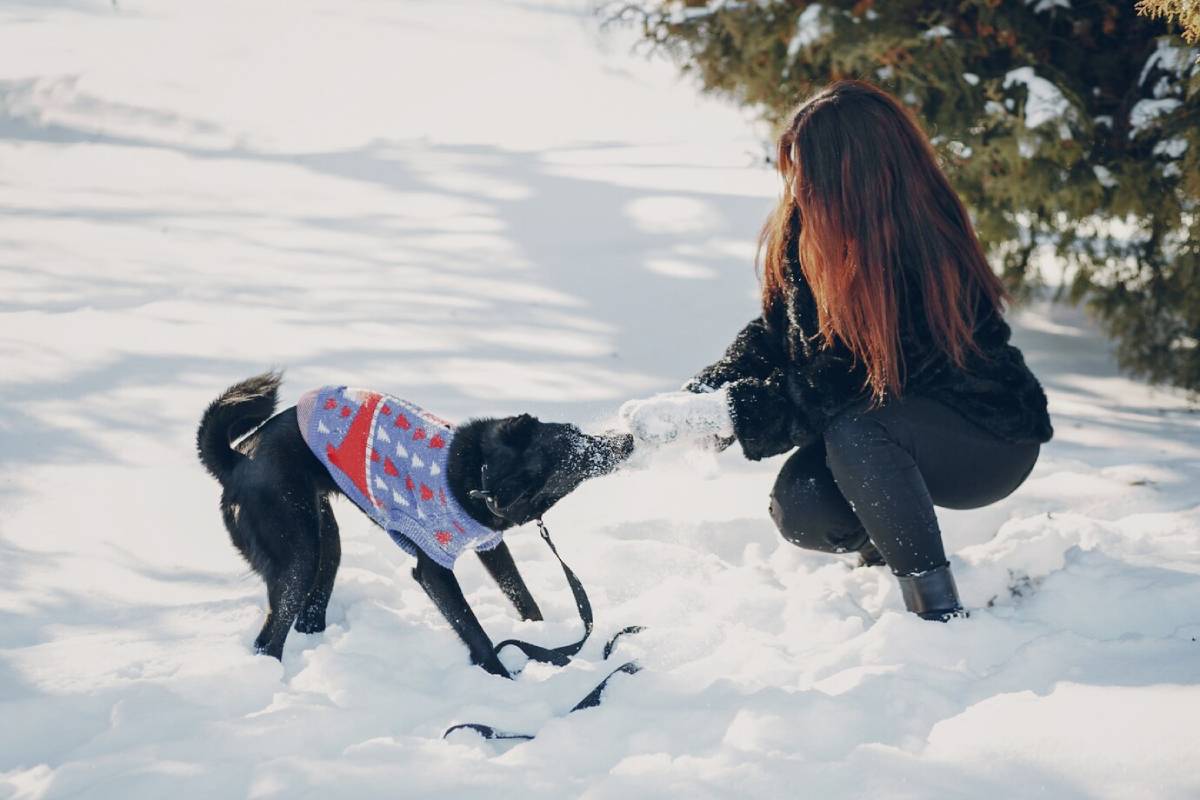
The Pros and Cons of Dressing Up Your Pets
From cosy jumpers to stylish bandanas and elaborate costumes, dressing up pets has become a popular trend among animal lovers. But as adorable as a dachshund in a dinosaur suit might look, it’s important to consider whether your pet is actually enjoying the experience. While some animals benefit from wearing clothing, others may find it uncomfortable or stressful.
So, should pets wear clothes? In this guide, we’ll explore the pet clothing benefits, and the potential downsides and share practical pet fashion advice to help you decide what’s best for your furry companion.
The Benefits of Pet Clothing

Clothing can serve more than just a decorative purpose—when chosen and used appropriately; it can offer genuine comfort and protection for some pets.
1. Protection from Cold Weather
Short-haired, small, senior, or low-fat breeds like Chihuahuas, Greyhounds, or Whippets often struggle in cold or wet conditions. A well-fitted jumper or waterproof coat can help keep them warm and dry during winter walks.
Pet clothing benefits in colder climates include:
- Preventing shivering and hypothermia
- Supporting older pets with joint issues
- Making outdoor time more comfortable and enjoyable
2. Skin and Allergy Protection
Some pets have skin conditions, allergies, or wounds that make them prone to irritation or excessive licking. Soft clothing can act as a barrier, preventing scratching or exposure to allergens like pollen.
Veterinary-approved pet garments may be used as alternatives to cones after surgery or for managing dermatological conditions.
3. Safety and Visibility
High-visibility jackets or reflective vests can make your dog easier to spot during walks in low light or busy areas. This is especially useful for pets who walk off-lead or enjoy early morning or evening strolls.
Additionally, some clothing can offer UV protection for pets with light or thin coats.
4. Fun and Bonding

When introduced gently, dressing up can be a fun bonding activity. Some pets enjoy the extra attention and simple accessories like bow ties or festive bandanas can be a way to express personality without discomfort.
For pet owners who enjoy photography, fashion-forward items can enhance themed shoots or holiday cards—provided the pet is at ease.
The Downsides of Dressing Pets
Despite the growing popularity of pet fashion, it’s not suitable for every animal—and it’s essential to consider your pet’s comfort and emotional well-being first.
1. Discomfort or Restriction
Clothing that’s too tight, too loose, or poorly designed can:
- Rub against the skin or restrict movement
- Cause overheating, especially in warmer weather
- Interfere with natural behaviours like scratching, stretching, or toileting
Always observe your pet’s body language—shaking, biting the garment, or freezing in place are signs they’re uncomfortable.
2. Stress and Anxiety
Not all pets enjoy being dressed up. For some, the experience can trigger anxiety, especially if they’ve never worn clothes before.
Warning signs include:
- Hiding or attempting to remove the clothing
- Whining, growling, or looking tense
- Flattened ears or a lowered tail
If your pet seems distressed, it’s better to remove the clothing and try again gradually—or skip it altogether.
3. Health Risks from Inappropriate Clothing
Certain materials or designs may pose risks:
- Decorative elements like buttons or zips can be choking hazards
- Poor ventilation in warm fabrics can lead to overheating
- Tight collars or hoods may impair breathing or movement
Clothing should always be designed for pets—not human baby clothes adapted for animals.
Pet Fashion Advice: How to Dress Your Pet Responsibly
If you decide to explore pet clothing, follow these guidelines to keep your companion comfortable and safe.
Choose the Right Fit
Measure your pet’s neck, chest, and length before buying. Look for brands that offer size guides and adjustable fastenings. A good fit should:
- Allow freedom of movement
- Stay in place without shifting or sliding
- Avoid pressure around the neck, legs, and stomach
Start Slowly
If your pet is new to clothing:
- Begin with lightweight items like bandanas or sleeveless vests
- Use positive reinforcement (treats, praise) to build a positive association
- Limit wear time initially and increase gradually
- Never force your pet to wear something they clearly dislike
Prioritise Comfort and Function
Look for soft, breathable materials with no internal seams or sharp edges. Choose functional clothing for weather or medical purposes, and save decorative outfits for short, supervised wear.
Monitor for Reactions
Watch for signs of distress or discomfort:
- Excessive licking or scratching
- Loss of mobility
- Change in behaviour or energy levels
Remove the clothing immediately if your pet appears unhappy.
Respect Individual Preferences
Some pets genuinely enjoy dressing up—others never will. That’s okay. Every animal is unique, and respecting their boundaries is a vital part of responsible pet care.
Final Thoughts: Fashion with Compassion

The answer to whether pets should wear clothes isn’t a simple yes or no—it depends on your individual pet, their health, their personality, and the purpose of the clothing. When done thoughtfully, pet clothing can offer warmth, protection, and even a touch of fun. But it should never come at the cost of your animal’s comfort or well-being.
Whether you’re dressing your dog in a waterproof coat for winter walks or your cat in a Christmas jumper for a quick photo, always prioritise function over fashion. With the right approach, pet clothing benefits can be enjoyed safely—and stylishly.


